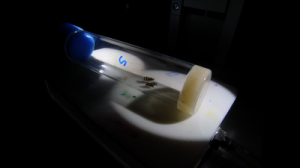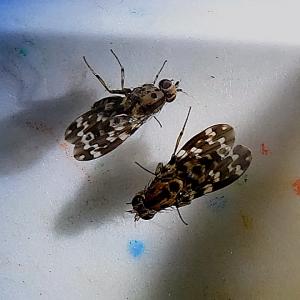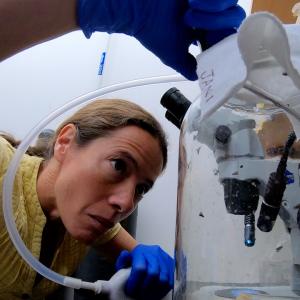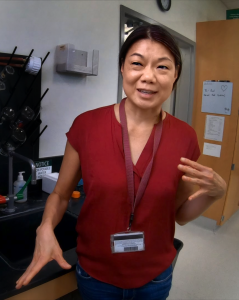$10.7M for human, environmental microbiome research
VIDEO NEWS RELEASE
University of Hawaiʻi at MānoaLink to video and sound (details below): https://go.hawaii.edu/XuH
WHAT: Researchers at the University of Hawaiʻi at Mānoa have been awarded $10.7 million from the National Institutes of Health (NIH) to study how human health is impacted by exposure to microbes, how microbiomes are impacted by environmental and social-economic gradients in Hawaiʻi, and how an animal’s microbiome confers persistent health (using invertebrate hosts).
WHY: The latest grant from the NIH Centers of Biomedical Research Excellence (COBRE, pronounced Kō-bree) is considered a Phase 2 grant. Five years ago, a $10.4-million Phase 1 grant enabled the UH Mānoa Integrative Center for Environmental Microbiomes and Human Health (ICEMHH) to emerge as a recognized center of excellence in understanding the ways environmental microbiomes impact human health using approaches that range from the molecular and chemical to the ecological.
WHO:
More than 30 UH Mānoa faculty have participated or are currently COBRE project leaders, core leaders or mentors:
- Associate Professor Anthony Amend is the Phase 2 principal investigator.
- Andrea Jani is one of four researchers leading Phase 2 projects. The assistant researcher is examining the interaction between microbiome and disease in Drosophila (fruit fly) models.
- Joanne Yew is mentoring Jani and oversees the Microbial Genomics and Analytical Laboratory core facility. She was also a Phase 1 researcher.
WHERE: The “heart” of ICEMHH is the UH Mānoa Isabella Aiona Abbott Life Sciences Building, which houses teaching and research labs, as well as three core facilities for microscopy, genomic analysis and an insectary. The building also holds the labs of five graduated, current and proposed COBRE researchers, as well as the core facility directors.
There are world-class field sites on multiple islands, including Oʻahu’s Waimea Valley.
OTHER FACTS:
- Phase 1 COBRE investigators were awarded more than $22 million in grants.
- Link to UH News story: https://www.hawaii.edu/news/2023/07/23/cobre-human-environmental-microbiome
VIDEO: trt 1:37
BROLL:
:00-:30 Fly collecting in Mānoa
:31- :48 Flies in UH Mānoa insectary
:49- 1:07 Andrea Jani in laboratory
1:08- 1:26 Flies in vials, under microscope
1:27-1:37 Andrea Jani and Joanne Yew in laboratory
SOUND:
Anthony Amend, Principal Investigator (:24)
“Our phase one investigators competed for more than $22 million in external grants from the state and from federal agencies, and that all comes back to the state in terms of salaries and expertise. So it's really a boon for not just the university but for the people of Hawaiʻi as well.”
Andrea Jani, Assistant Researcher (:25)
“Fruit flies allow us to study this infection process of infectious disease—look at how the microbiome responds to infection to start to understand conceptually what causes the microbiome to be stable or not stable in the face of infection. And then we can take especially some of the ecological principles, the ecological factors that contribute to stability and start to apply those to humans.”
Joanne Yew, Microbial Genomics and Analytical Laboratory, Director (:22)
“It supports our genomics facility here that is able to identify the composition of the microbes within samples. We look at everything from insects to animal poop, to branches and leaves and plants, swabs, ocean water, everything.”






